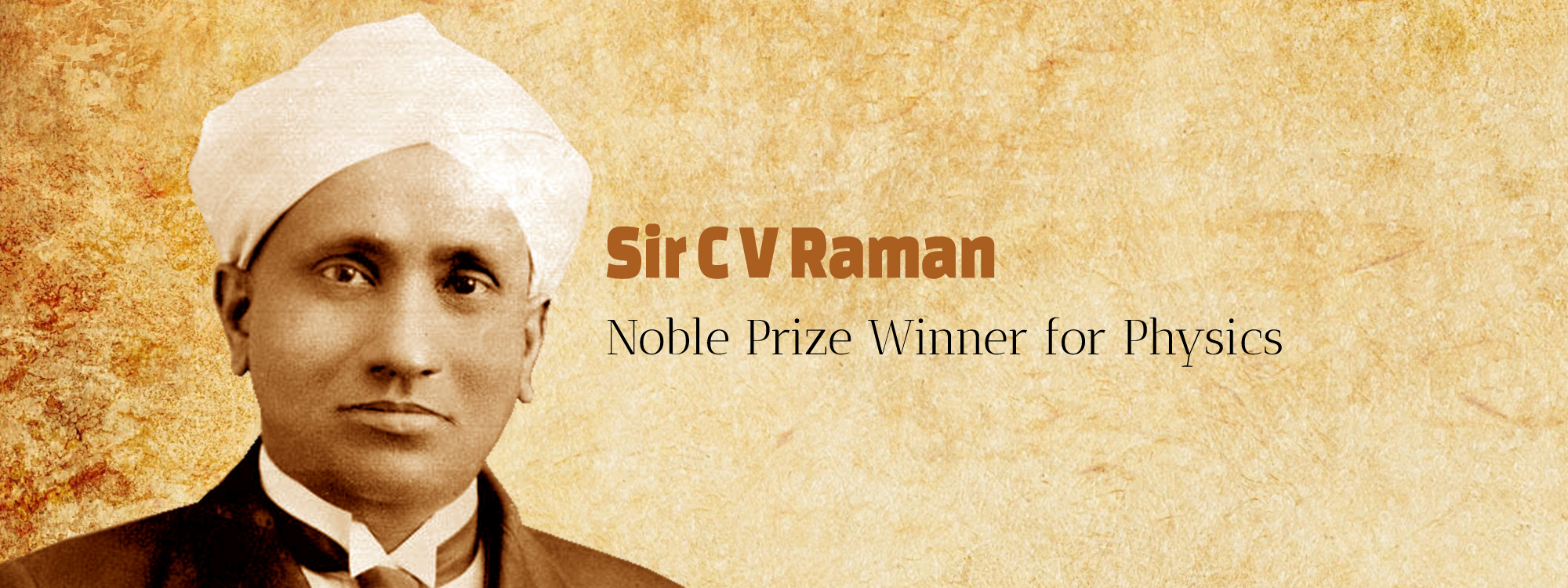Sir Chandrashekhara Venkata Raman was an Indian physicist born in the former Madras Province in India (presently the state of Tamil Nadu), who carried out ground-breaking work in the field of light scattering, which earned him the 1930 Nobel Prize for Physics and was the first person in Asia to obtain said award for achievements in science. He discovered that when light traverses a transparent material, some of the deflected light changes wavelength and amplitude. This phenomenon, subsequently known as Raman scattering, results from the Raman effect. In the year 1954, the Indian government honoured him with India’s highest civilian award, the Bharat Ratna.
Sir C. V. Raman’s father was a lecturer who taught mathematics and physics in Mrs A.V. Narasimha Rao College in Visakhapatnam (then Vishakapatnam) in the Indian state of Andhra Pradesh, and later joined Presidency College in Madras (now Chennai).
In the year 1917, Raman resigned from his government service after he was appointed the first Palit Professor of Physics at the University of Calcutta. At the same time, he continued doing research at the Indian Association for the Cultivation of Science (IACS) in Calcutta, where he became the Honorary Secretary. Raman referred to this period as the golden era of his career. In 1926 Prof. Raman established the Indian Journal of Physics as the first editor. The second volume of the Journal published his famous article “A New Radiation”, reporting the discovery of the Raman Effect.
On 28 February 1928, Raman led an experiment with K. S. Krishnan, on the scattering of light, when he discovered what now is called the Raman effect. A detailed account of this period is reported in the biography by G. Venkataraman. It was instantly clear that this discovery was of huge value.
Raman and Suri Bhagavantam determined the spin of photons in 1932, which further confirmed the quantum nature of light.

